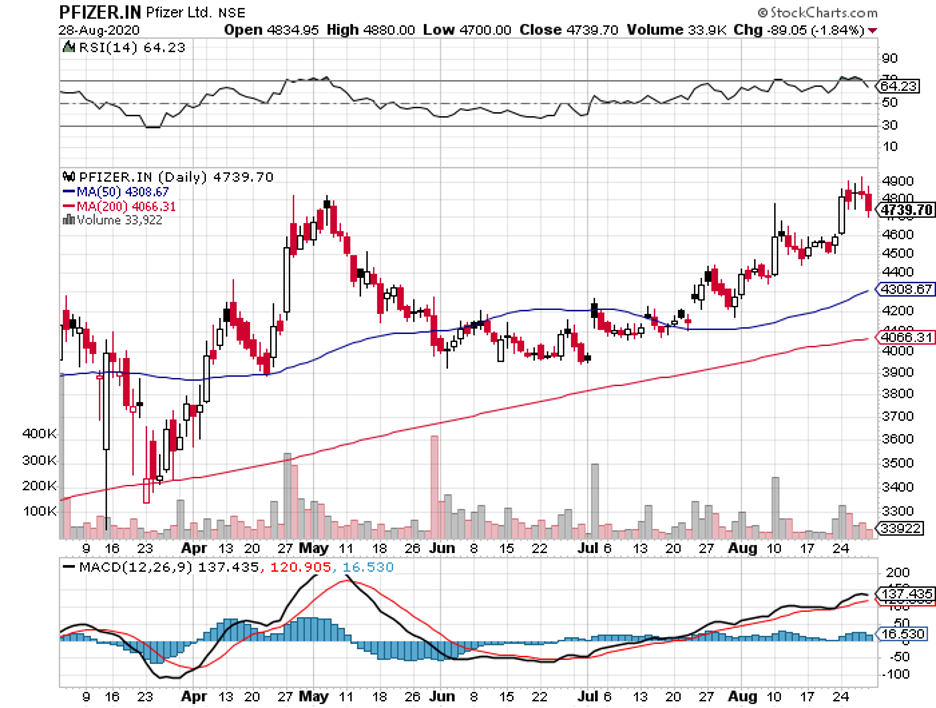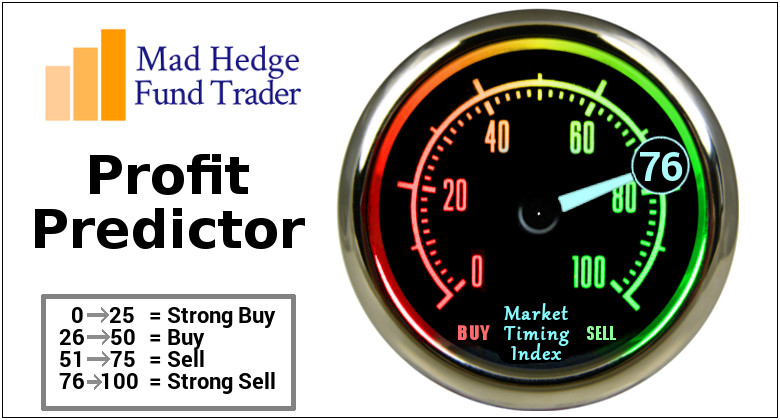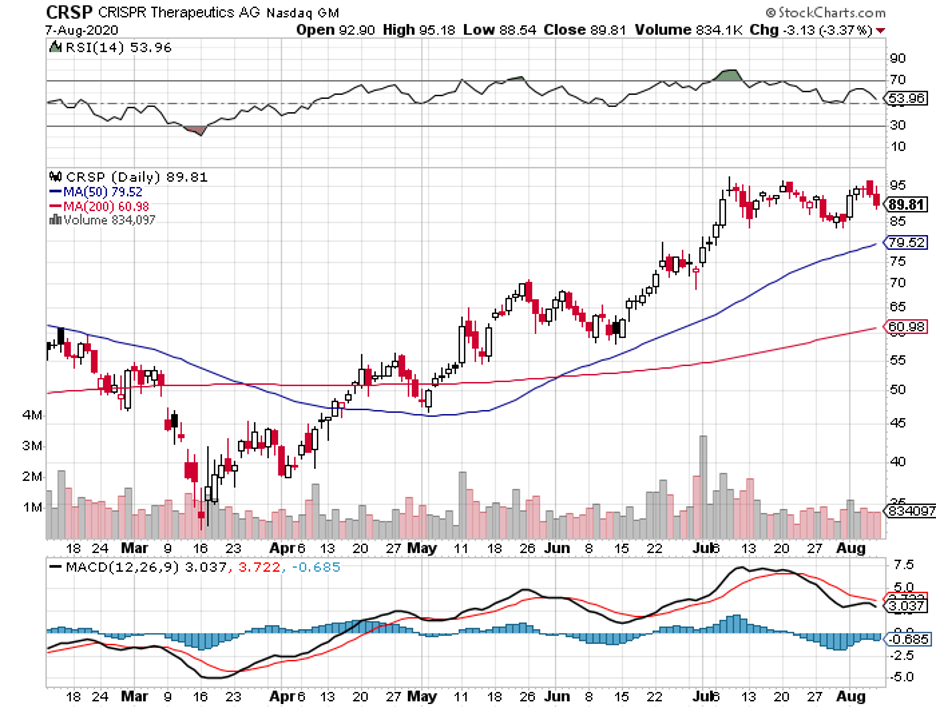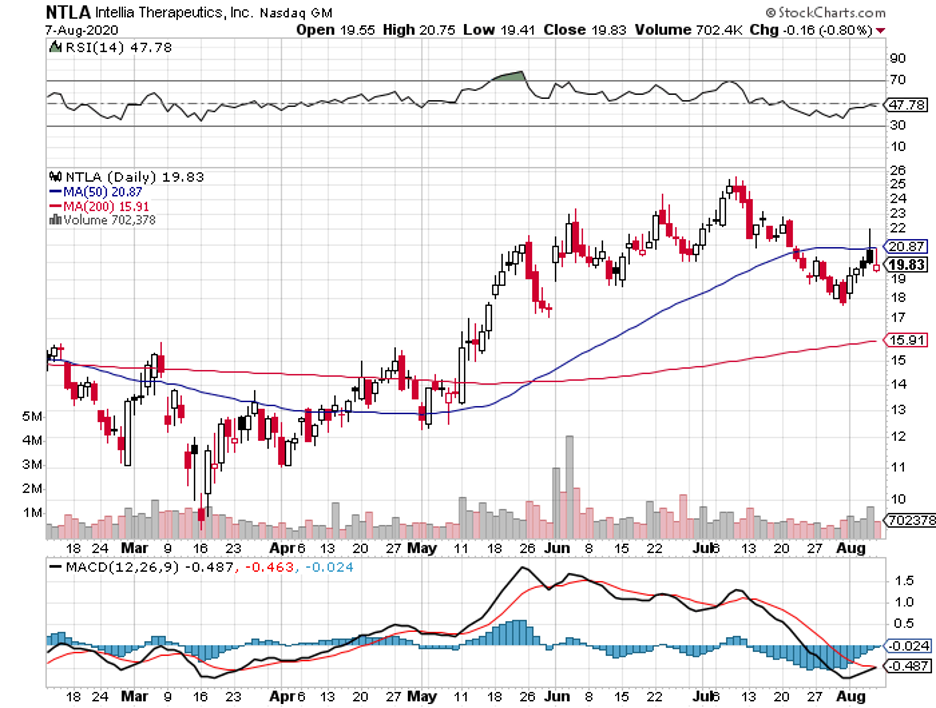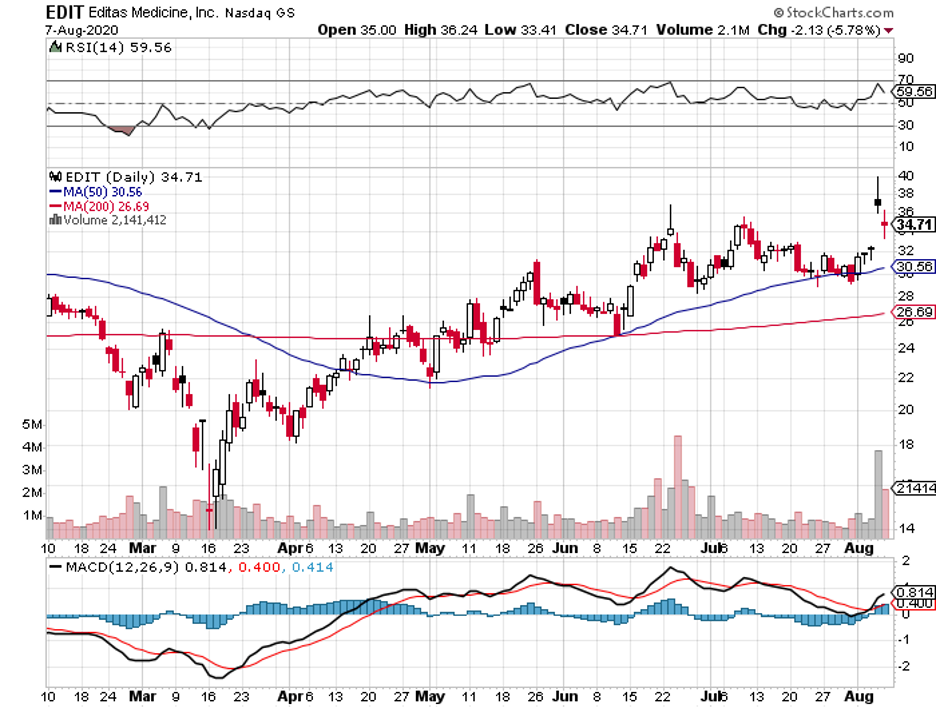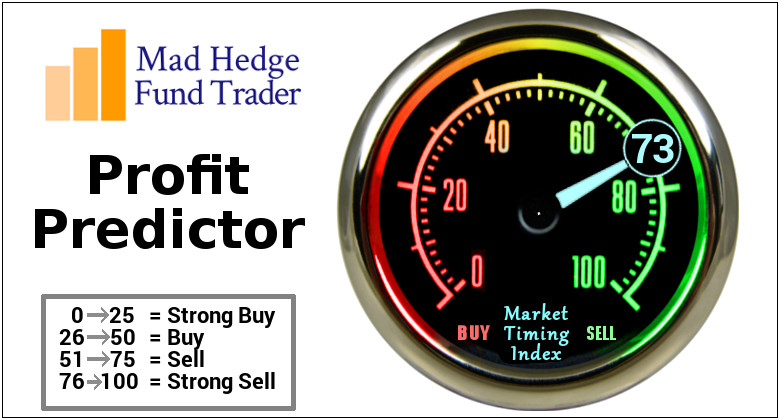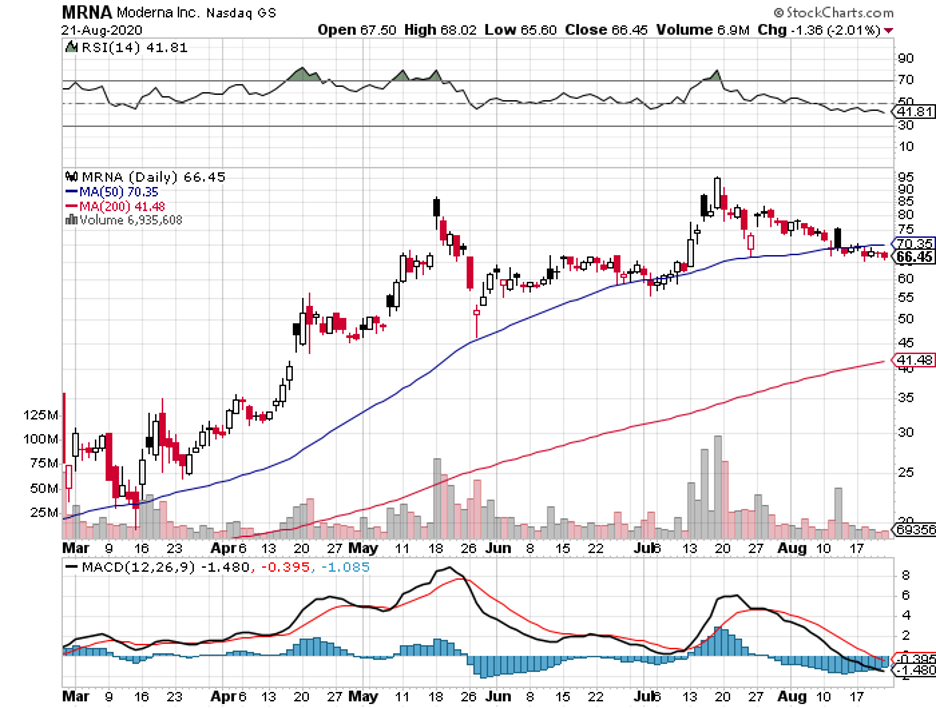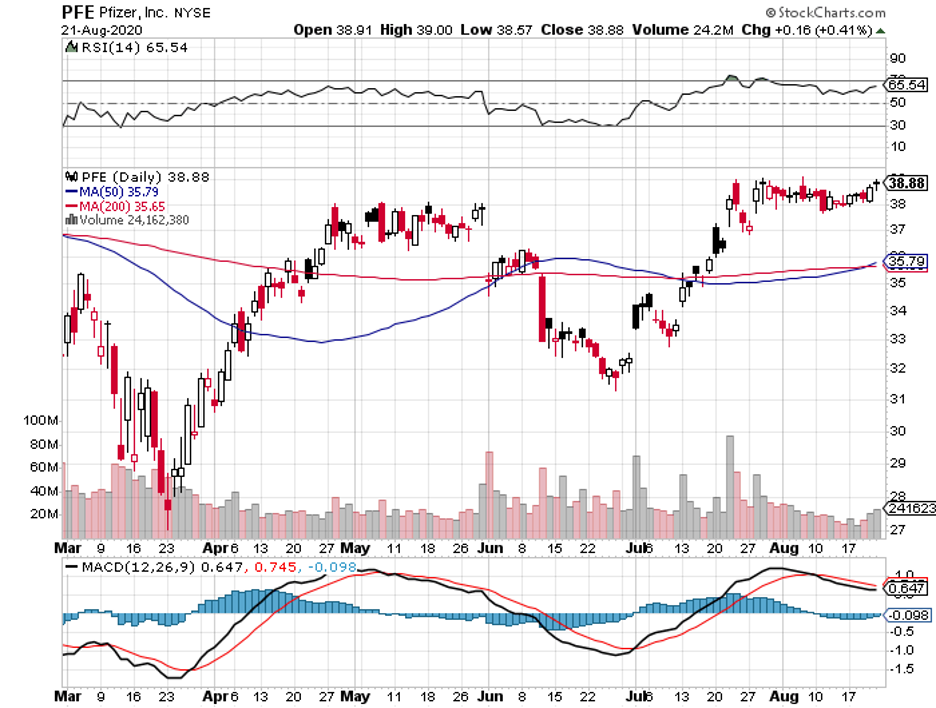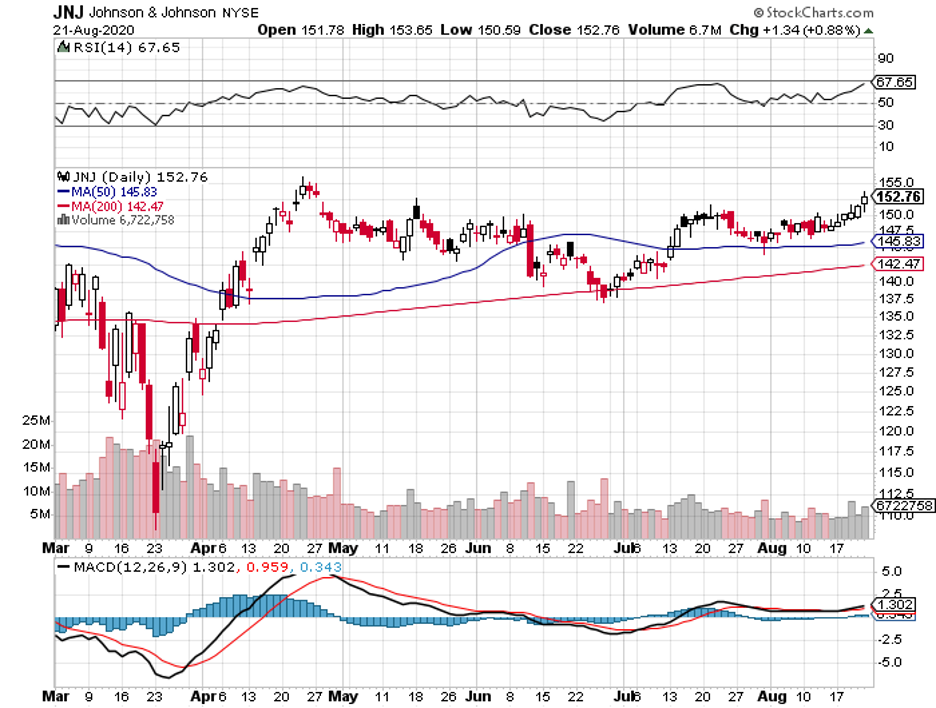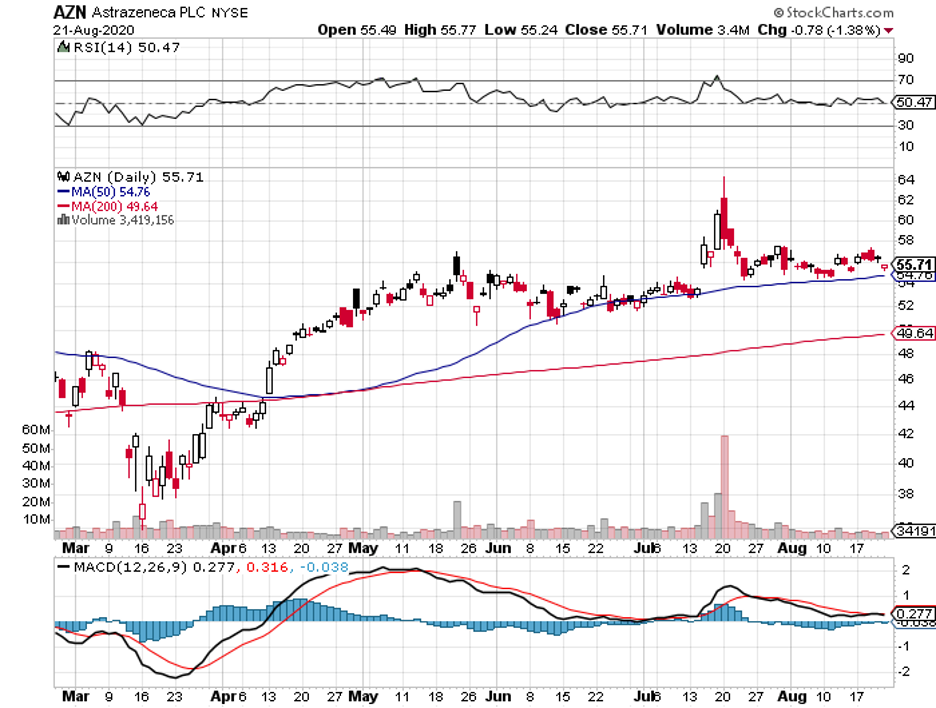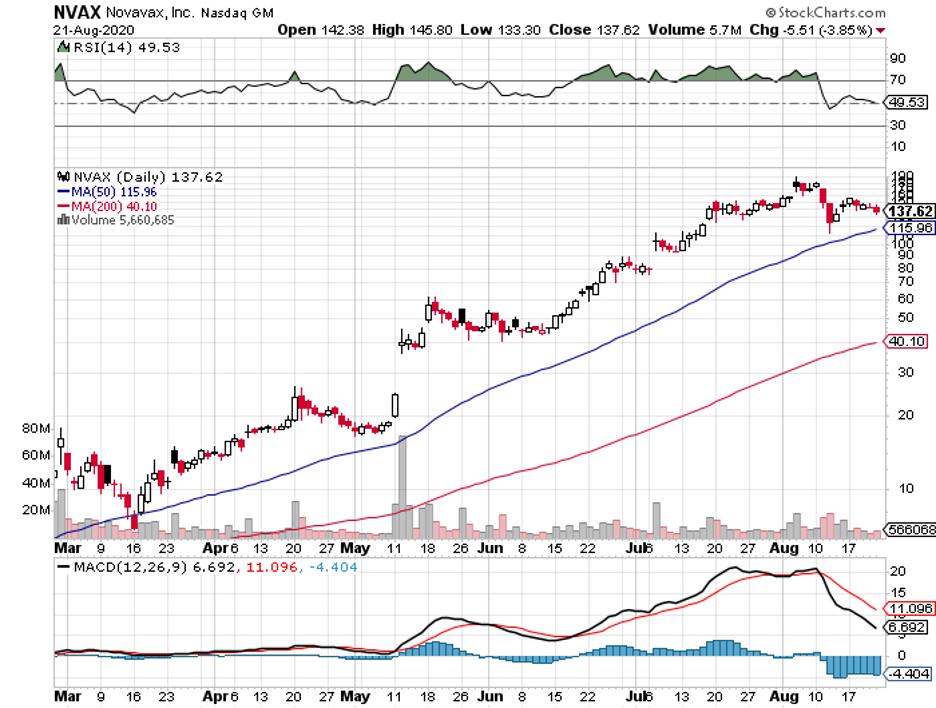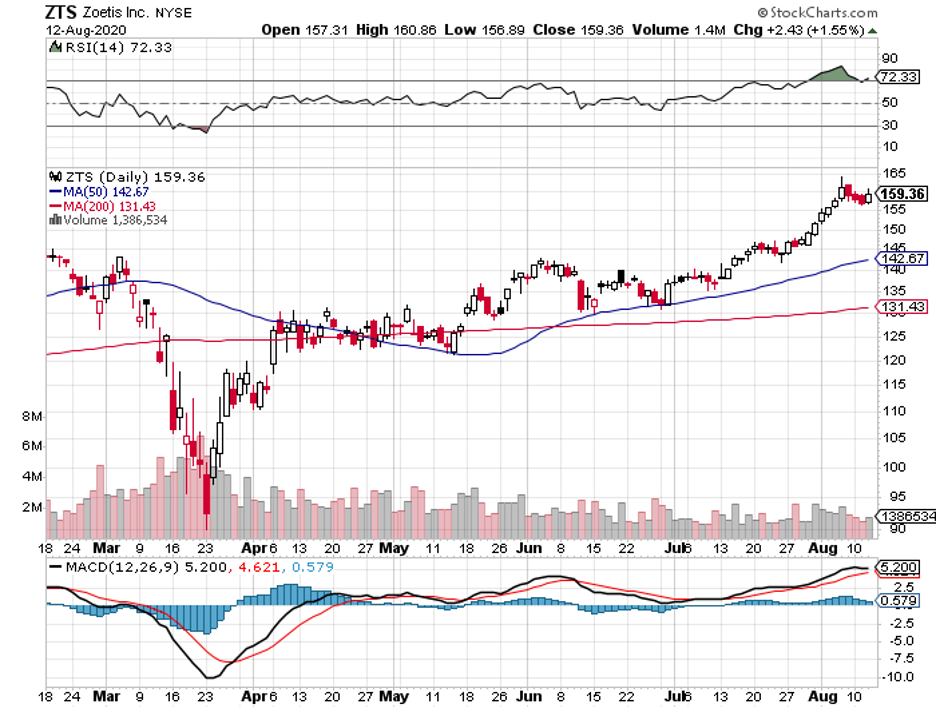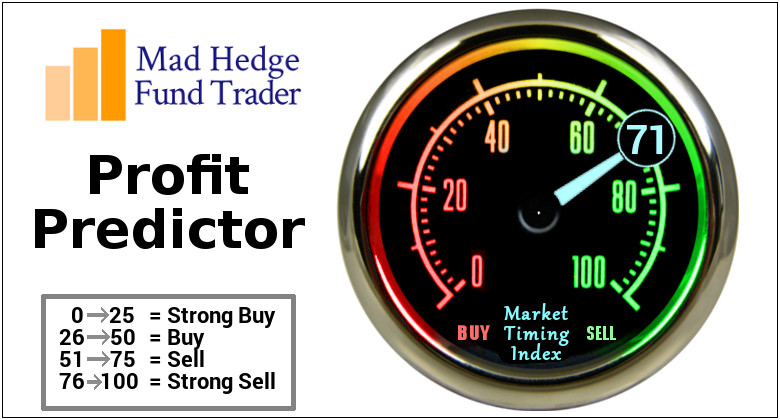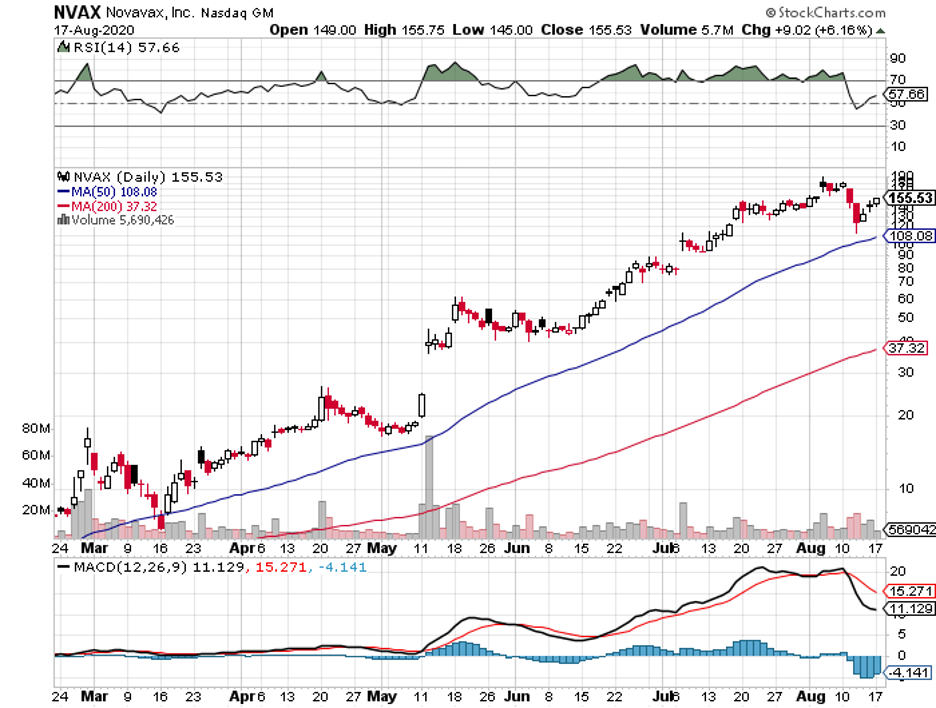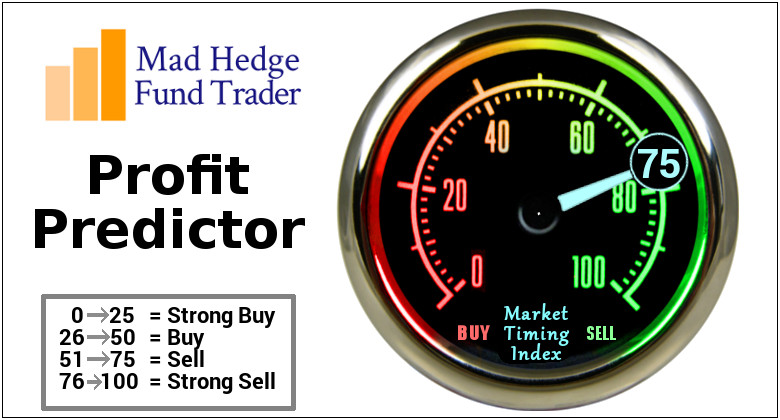One of the leading companies in the COVID-19 vaccine race is getting closer to the finish line.
Pfizer (PFE) shocked the scientific community when it announced that it would be ready to submit its COVID-19 vaccine candidate, BNT162b2, for FDA approval by October.
The company said that it is now more than 50% done with the recruitment for its Phase 3 clinical trial, which requires 30,000 volunteers.
Earlier this year, Pfizer and its vaccine partner BioNTech (BNTX) were included in the US government’s Operation Warp Speed project. Although the two rejected government funding, their candidate is still included in the fast-track priority list of the FDA.
To date, the US government already secured a contract with Pfizer and BioNTech for 600 million doses of their vaccine, with the initial payment of $1.95 billion for the first 100 million doses.
Other countries across the globe have also shown faith in the science of Pfizer.
The UK government completed a deal with Pfizer for 30 million doses, while Japan ordered 120 million doses.
Since it has been preparing its manufacturing facilities while also conducting its trials, Pfizer is confident that it can produce 1.3 billion doses of BNT162b2 in 2021.
Given this timeline, it is possible for the company to launch its COVID-19 vaccine to the market by the fourth quarter of 2020, with peak sales of the product reaching $1.7 billion in 2021.
Revenue for BNT162b2 is expected to slide to $850 million by 2023, with the vaccine raking in an average of $500 million to $600 million in annual sales by then.
However, there is no such thing as a perfect solution.
A potential competitive disadvantage of Pfizer’s vaccine candidate lies in its storage requirements, which entail a storage temperature of −94°F.
While tertiary hospitals and laboratories can meet this requirement, it would make it difficult for traditional offices or pharmacies to store the product.
This shortcoming might prompt other governments and private institutions to consider other vaccine candidates with simpler storage requirements.
Although the results have yet to be released, early data show that competitors like Moderna (MRNA), AstraZeneca (AZN), and Inovio Pharmaceutical (INO) might offer less complicated solutions.
Outside its widely publicized COVID-19 vaccine efforts, Pfizer has been working on additional spinoffs to boost and diversify its revenue stream.
Investors of the company would agree that Pfizer is the kingpin of spinoffs.
A prime example of this is its animal healthcare Zoetis (ZTS) spinoff, which was established in 2013. Since then, the investors have experienced impressive returns with over 289% yields.
Now, Pfizer is aiming to replicate this feat with the $195 billion merger of its own off-patent and generic drugs unit Upjohn with Pennsylvania-based company Mylan (MYL).
The two companies are slated to form a mega-company, called Viatris, where Pfizer stakeholders will also receive shares.
Looking at its portfolio and pipeline candidates, Viatris is projected to generate approximately $19 billion to $20 billion in annual revenue and record $4 billion in free cash flow.
On top of the Viatris spinoff, Pfizer is also working on the Nasdaq IPO of Cerevel Therapeutics.
This is an interesting move from Pfizer since Cerevel is a neuroscience company, which focuses on diseases of the central nervous system like Alzheimer’s, Parkinson’s, and epilepsy.
Pfizer owns 25% stake of the neuro company while Bain Capital holds 75%. The two established Cerevel in 2018.
Just last July, Cerevel announced its merger with Arya Sciences Acquisition Corp II.
When the merger is finalized, the new company will be called Cerevel Therapeutics Holdings and will be under the ticker symbol “CERE” in Nasdaq. The deal is expected to be completed by the fourth quarter of 2020.
Although it will be a relatively unknown and new company, Cerevel is expected to receive at least $445 million to use for its growth by the end of the year.
Needless to say, this is expected to be another “Zoetis-in-the-making” strategy from Pfizer.
For 2020, Pfizer raised its revenue guidance and estimates that it can generate somewhere between $48.6 billion and $50.6 billion while recording an earnings per share of roughly $2.85 and $2.95.
Looking at its balance sheet, Pfizer has proven itself capable of weathering one of the most debilitating downturns since The Great Depression.
In fact, the company amassed revenue of $12 billion and showed off a respectable 12% operational growth in its biopharma unit in the first three months of this year.
In its second quarter earnings report, when the COVID-19 pandemic was already well underway, Pfizer raked in $11.8 billion in revenue.
With all the publicity surrounding the COVID-19 vaccine efforts, it is understandable that investors are buying at artificially high prices. However, Pfizer remains incredibly undervalued.
Pfizer’s star power would inevitably surge if BNT162b2 proves to be safe and effective. Even without the vaccine though, the company’s diverse portfolio and impressive acquisition strategies already make it a great buy.
Plus, its healthy dividend, which yields approximately 3.9%, is no doubt the icing on the cake for this incredibly undervalued stock.

